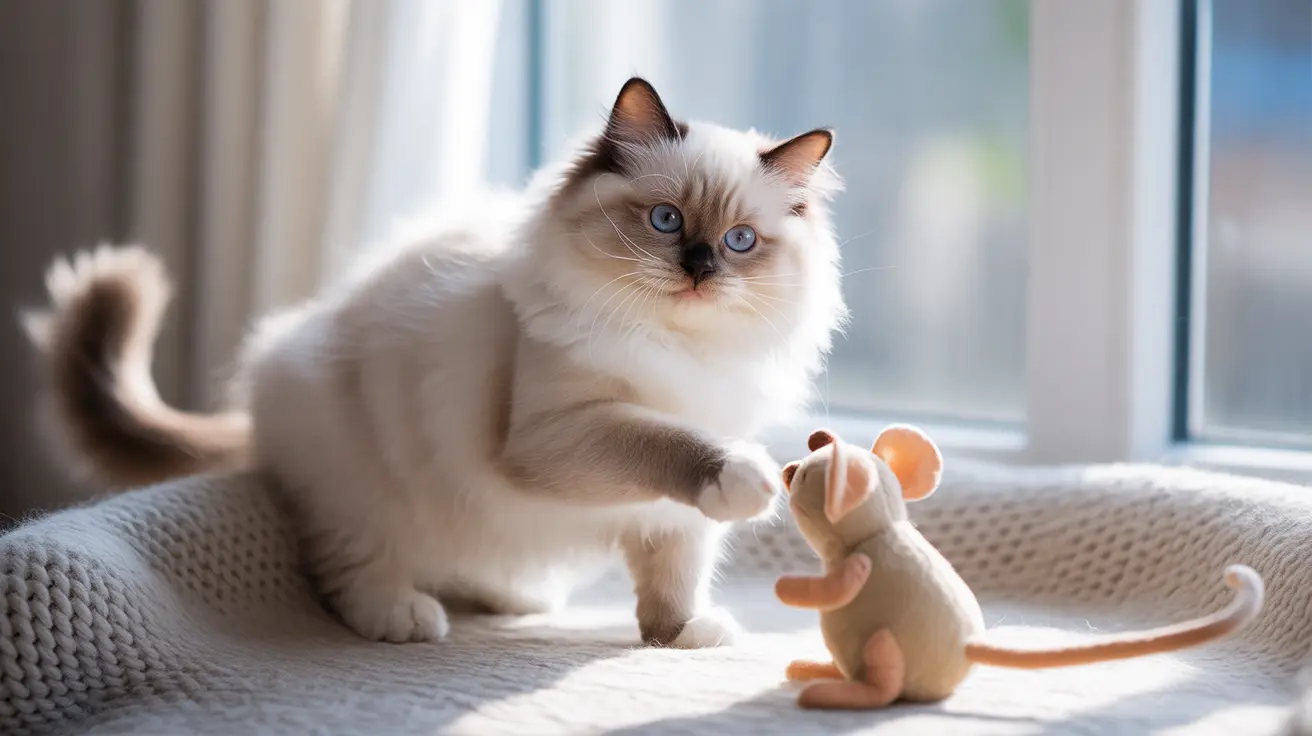Have you ever gazed at your feline friend and wondered, "Why is my cat so cute?" You're not alone. The irresistible charm of cats is more than just a matter of personal preference – it's deeply rooted in biology, evolution, and complex brain chemistry. From their big round eyes to their tiny toe beans, cats possess physical and behavioral traits that are scientifically designed to capture our hearts.
In this comprehensive guide, we'll explore the fascinating reasons behind your cat's adorable appeal and why humans are practically hardwired to find them utterly charming. Let's delve into the science of feline cuteness and understand why these magnificent creatures have such a powerful effect on our emotions.
The Biology of Cuteness: Why Cats Appeal to Our Brains
Cats possess what scientists call "baby schema" features – physical characteristics that humans are evolutionarily programmed to find adorable. These include large eyes, round faces, small noses, and soft fur – traits that trigger our nurturing instincts originally designed to ensure we care for human infants.
Research shows that when we look at cute cats, our brains release dopamine and oxytocin, chemicals associated with pleasure and bonding. This neurological response explains why we can't help but smile when our cats do something adorable.
Physical Features That Make Cats Irresistible
Those Big, Expressive Eyes
A cat's eyes are proportionally large for their face, similar to human babies. This feature activates our parental instincts and creates an immediate emotional connection. When your cat gives you those sweet, innocent looks, they're tapping into deep-seated biological responses.
Soft, Fluffy Fur
The texture and appearance of cat fur trigger positive sensory responses in humans. Petting a soft, furry cat not only feels pleasant but can actually lower blood pressure and reduce stress levels.
Behavioral Traits That Enhance Cuteness
Playful Antics
When cats chase toys, pounce on invisible objects, or display their acrobatic skills, they exhibit behaviors that humans find endearing. These playful moments remind us of children at play, further strengthening our emotional attachment.
Affectionate Gestures
Cats show affection through various behaviors like purring, kneading, and head-butting. These actions not only make them appear more adorable but also strengthen the bond between cat and owner.
The Evolutionary Advantage of Cuteness
Cats' cuteness isn't just coincidental – it's an evolutionary advantage. Over thousands of years of domestication, cats that displayed more appealing features and behaviors were more likely to receive care and resources from humans, passing these traits to future generations.
The Social Impact of Cat Cuteness
The internet age has amplified our appreciation for cat cuteness. Cat videos and memes dominate social media, demonstrating the universal appeal of feline charm. This phenomenon has even been studied by researchers who confirm that watching cute cat content can improve mood and increase productivity.
Frequently Asked Questions
Why does my cat's big eyes and soft fur make them look so cute to me?
Your cat's large eyes and soft fur trigger an evolutionary response in your brain called the "baby schema effect," which makes you want to protect and care for them, similar to how we respond to human babies.
How do my cat's playful and clumsy behaviors increase their cuteness?
Playful and slightly clumsy behaviors remind us of infant-like qualities, triggering protective and nurturing instincts. These behaviors also release feel-good hormones in our brains, making us perceive our cats as even more adorable.
What happens in my brain when I see my cat being adorable?
When you see your cute cat, your brain releases dopamine and oxytocin, chemicals associated with pleasure and bonding. This creates positive emotions and strengthens your attachment to your pet.
Why do cats make certain vocal sounds that seem to make them even cuter?
Cats have evolved to produce vocalizations that mimic the frequency of human infant cries, making them particularly effective at getting our attention and triggering our nurturing responses.
Can interacting with my cute cat reduce my stress and improve my mood?
Yes! Studies show that interacting with cats can lower stress hormones like cortisol while increasing feel-good chemicals in the brain, leading to improved mood and reduced anxiety.
Conclusion
The science behind your cat's cuteness reveals a fascinating interplay of evolution, biology, and psychology. Their adorable features and behaviors aren't just delightful – they're the result of thousands of years of adaptation that has created the perfect companion for humans. So the next time you find yourself mesmerized by your cat's charm, remember that you're experiencing a sophisticated biological response that has helped forge one of nature's most successful inter-species relationships.






